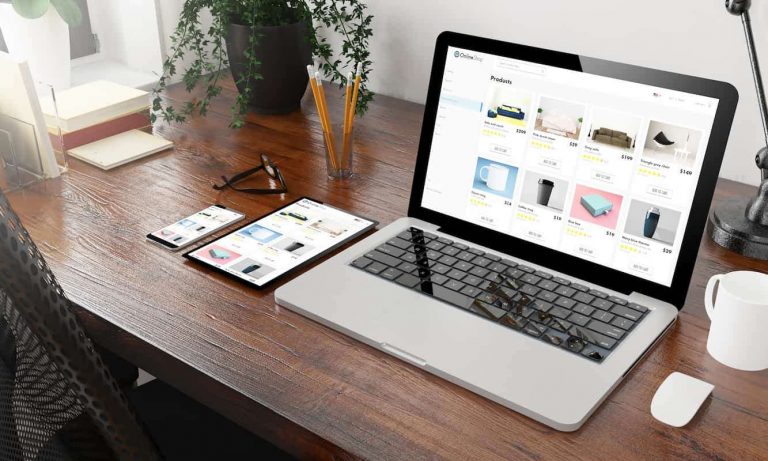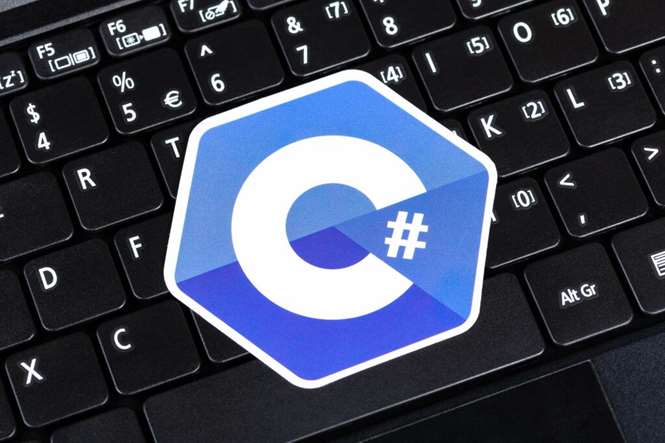Top 12 Debugging Tools For 2024
It provides a virtual representation of different mobile devices, allowing you to review the app’s appearance and behavior across various screen sizes and resolutions. Sauce Labs browser emulators are a scalable, highly reliable, and economical way to run automated tests on your mobile apps early in the development process. Spend more time building great mobile apps and less time managing your test infrastructure. You can use real devices to test both native apps and web apps in a mobile browser. The platformName capability is the only test configuration that is mandatory regardless of which type of mobile test you are writing, as it specifies whether the test is for iOS or Android. Our Test Configuration Options reference documentation provides a complete index of required and optional parameters for Appium.
We’ll start by discussing the process of debugging and different terms you should be familiar with. After that, we’ll cover what you should expect from a debugging tool and the top features of a debugging solution that are must-haves. Finally, we’ll look at the top 12 debugging tools you should consider having in your development toolbox. We’ll explore solutions for different languages, where you can get them, how much they cost, and how to get started.
Step 6: Report the Results
Imagine being able to explore your app’s ins and outs – interacting with buttons, fields, and more – all while making testing a breeze. Whether you’re a seasoned tester or just starting out, this Appium Inspector testing guide is for you. Learn the difference between device farms vs. device clouds, along with guidance on the pros and cons of each.

Sauce Labs offers a massive pool of public devices available for all customers, as well as a private option in which customers can create a selection of devices for use by only their organization. Crashes for iOS apps are not supported when running real device tests in Sauce Labs with Backtrace. Run functional tests on mobile emulators and simulators for a fraction of the cost of real devices. DevOps teams need to develop and release faster than ever before to meet the demands of today’s consumers.
Using Dependent Apps for a Test
Visual Studio is the IDE of choice for software practitioners across multiple disciplines. The built-in debugging functionality supports engineers developing in Node.js, PHP, Go, C#, and countless other languages due to its extensible support for most modern language choices. If you write code as a career or as a hobby, you will make mistakes from time to time. These mistakes appear as logic, syntax, or even errors where the code is technically correct, but the engineer should optimize the solution for a production environment. These “bugs” can be hard to find, replicate, or resolve – and, in most cases, it’s a combination of all three. Debugging is the process of identifying actual and potential bugs within your code and fixing them.

Be aware that not all of the Appium capabilities list are supported for both virtual and real device tests and that some capabilities have driver-specific options for Android and iOS client libraries. Sauce Labs provides thousands of real mobile devices for nearly every phone and tablet model and applicable OS version. You can run your Appium tests on these devices through the Sauce Labs Real Device Cloud (RDC) to ensure your app behaves accurately and consistently across different devices in the real world.
Public Device Cloud
For more information contact Sauce Labs Support or use the Sauce Labs Portal. If you click Inspect, a new window will open, displaying Chrome DevTools the same as if the device were sitting on your desk, connected to a USB cable. The expected output will be your –sessionId and a link (no port number for iOS). The Sauce Labs Training Repo contains an extensive selection of demonstration scripts illustrating parallel testing in different frameworks and programming language combinations.
- It’s important to understand what makes simulators different from emulators, and why you’d choose to use one or the other.
- The following table outlines how Sauce Labs evaluates your creation request.
- It is important to remember to close the browser when you are done with it by calling the quit method on the Remote WebDriver instance.
- Read the blog post to learn the most popular Android testing tools available today.
- This is a socket that is used by XCODE (Apple’s developer tools) to communicate with iOS devices.
- Most of the elements in our Swag Labs example have multiple unique attributes that make it easy to identify them with CSS.
The increasing complexity of mobile app development requires a fast, scalable, and reliable mobile testing solution from development to post-release. Getting the most out of your live and automated testing means including a healthy mix of Emulators, Simulators, and real devices as your mobile testing platforms. To give you an example, Android apps can be installed without any specific signing on whatever real device you want. With Apple you have two options, or you need to add a remote device to your developer certificate and the provisioning profile, so you are allowed to install the app on that specific device.
Exploratory Testing
You can view these on the Network tab or start a trace on the Performance Insights tab to create and review a timeline of how page elements are downloaded and rendered. When you run VSCode in debugger mode (Ctrl+Shift+D), you can set breakpoints and use watches to observe the values contained in variables. You can also step through each line of your code to understand how each line interacts with these variables and the path taken with each execution of the code. Before we discuss the qualities or characteristics of a good debugging tool, let’s first consider what problem we’re trying to solve. Ideally, we’re looking for a tool that helps us identify the source of the problem.
Any changes you make to the app settings will affect all uploaded versions of the app. Test native and hybrid apps on Android and iOS devices including iPhone, iPad, Samsung Galaxy, Google Pixel, Xiaomi, and more. Disabling this allows the app to use Apple Pay and the developer certificate and provisioning profile that you used when you built the app.
Front-End Testing: What You Need to Know
This blog post explores the top debugging tools you can leverage for excellence. All Real Device Cloud plans include access to thousands of real Android and iOS devices as well as usage of the open source automation tools Appium, Espresso and XCUITest. The issue report will help you keep track of any issues identified including screenshots, logs, and video capabilities. While we take these actions to clean public real devices after each test session, we do not perform factory resets nor do we have anti-virus software installed on them.

The Sauce Real Device Cloud provides the most extensive range of mobile app diagnostic signals so you can get complete context and insights on test failures and errors. Understand app performance, detect and resolve UI issues, resolve errors and crashes, view and share test results, capture API and HTTP/S requests and responses, and more. Once you have connected to Sauce Labs, provided access to your apps, and configured your tests, you can run your tests from the environment of your choice. For example, if you are running Appium tests through IntelliJ, you can start the test from within the IntellliJ interface or execute the command mvn clean test from a terminal. For espresso or XCUITests, you can use our saucectl CLI command saucectl run to kick off your tests.
Native Apps vs. Hybrid Apps
To for example profile your Android app you can follow the instructions as mentioned here. You can execute adb commands on the device connected over vUSB as you would normally also use. This is a simple example to capture a screenshot and pull it to your local machine. The expected output will be a port number, which you’ll need when you want to connect restaurant app builder the device to ADB (see Step 7). Copy the –sessionId of your desired test, then run that along with the connect command and your credentials. If Sauce Connect Proxy is required to access your corporate network or your local machine for secure test data, you’ll need to select a SAUCE CONNECT PROXY from the dropdown before launching your device.
Ensure software quality with Sauce Labs—the centralized platform that unites your quality-driven teams and projects. To view or change the app settings, on the App Management page, hover over the app and then click Settings. Test user flows and mimic real-world conditions with features including biometric authentication, image injection, GPS simulation, gesture automation, and more.
Ready to see how a unified testing platform can help your organization?
Sauce Labs only supports valid .zip files that can be extracted by standard unzip tools. See When to Test on Real Devices for deails about real device testing use cases, benefits, and system requirements. If you are testing an iOS app, the device selection will only display the type (real/virtual) configured on the app. The device selection page will open, with the option to test on a real device or a virtual device.

Leave a Reply